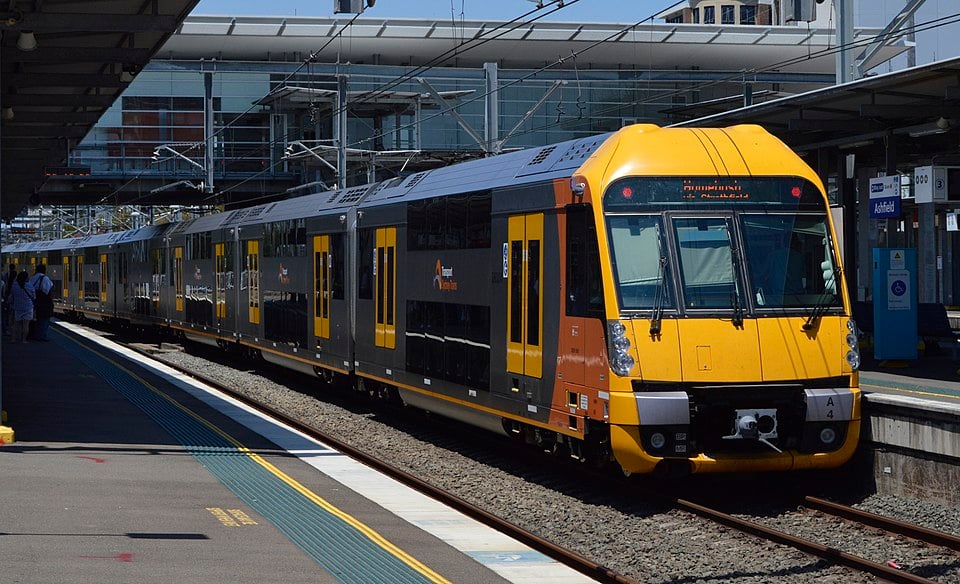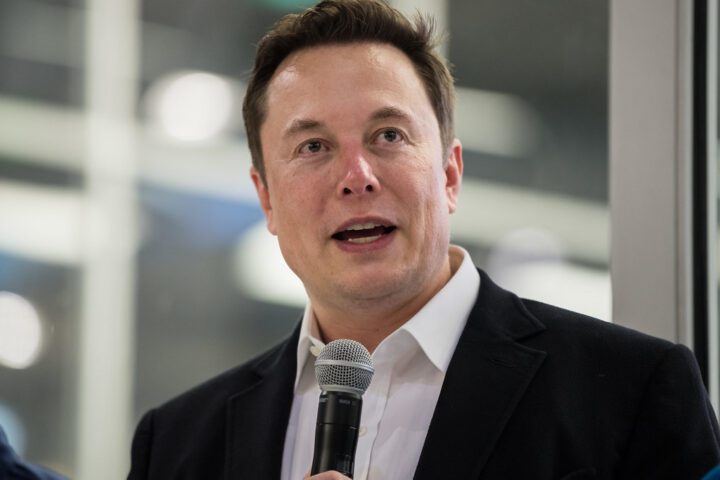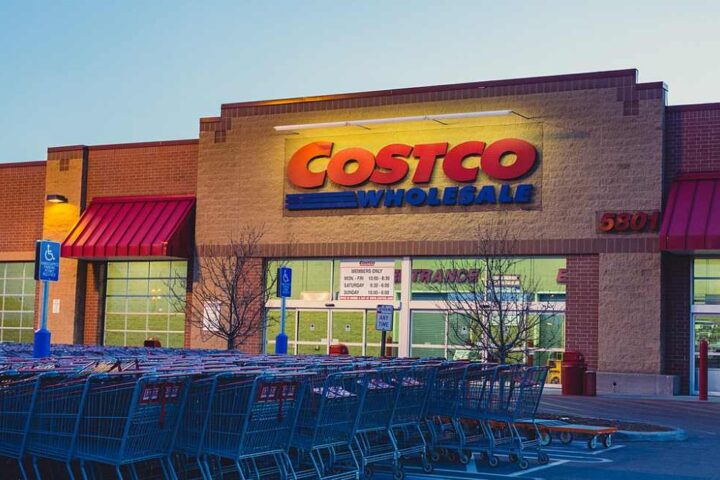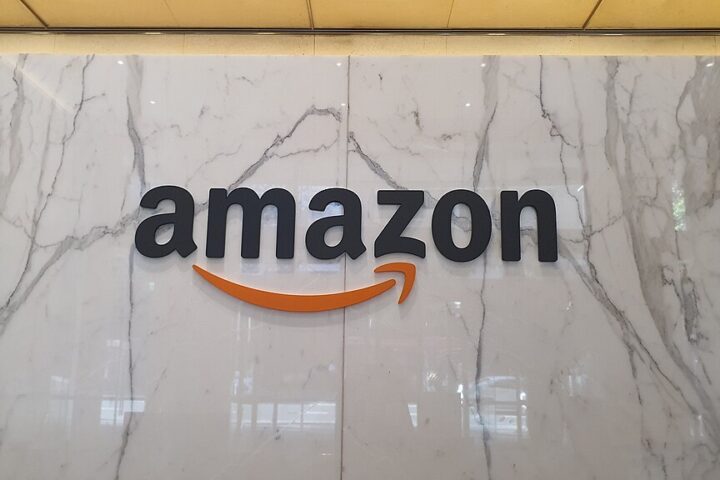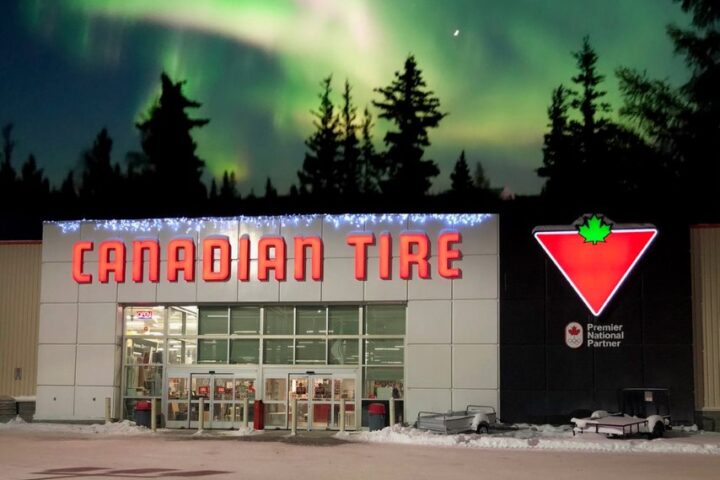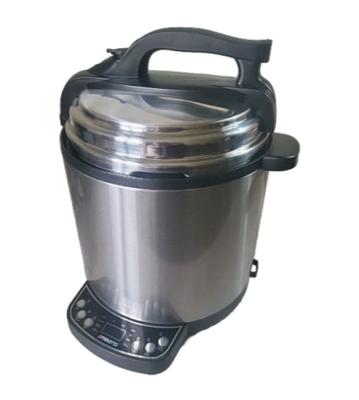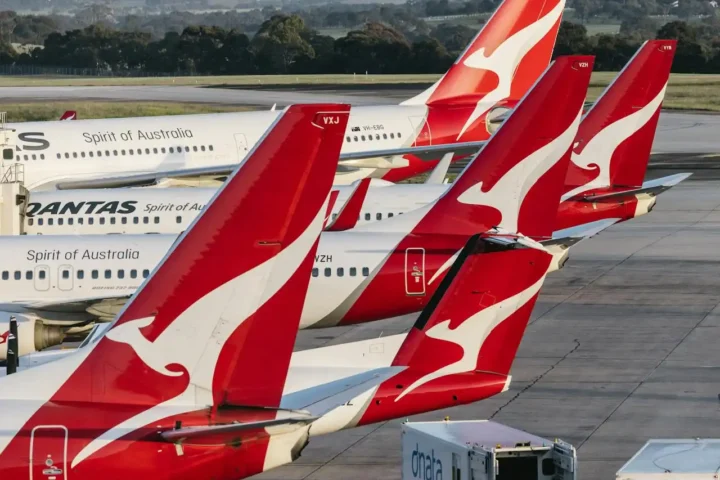Subaru buyers will soon pay more for their new cars. The Japanese automaker plans to raise prices across most of its 2025 lineup this June, with increases ranging from $750 to over $2,000.
The company points to “current market conditions” as the reason, but dealerships paint a clearer picture. Planet Subaru in Massachusetts warns these increases might not fully cover rising costs, hinting at more price jumps before 2025 ends.
Let’s break down what this means for your next Subaru purchase. The Ascent, Subaru’s family-sized SUV built in America, will cost between $1,085 to $2,055 more. The popular Forester SUV faces a $1,075 to $1,600 increase. If you’re eyeing a sporty WRX or BRZ, prepare to pay $2,000 more.
Even the smaller Crosstrek and Impreza models aren’t spared, with $750 price bumps. The Outback, another American-made favorite, will see prices climb by $1,715 to $1,820. Only the electric Solterra escapes the increases.
“Every brand in the industry will have their own challenges,” says Jeff Walters, President of Subaru of America. He compares this situation to past hurdles like the 2008 financial crisis and COVID-19, suggesting the company will adapt as it has before.
The timing isn’t random. These changes follow Ford’s recent price increases on its Mexican-built vehicles, where Ford openly mentioned tariffs as a factor. While Subaru carefully avoids mentioning tariffs, the 25% import duty on vehicles affects nearly half of Subaru’s U.S. lineup – about 45% of their cars come from overseas.
Similar Links
Why does this matter? Even American-built Subarus like the Ascent and Outback use imported parts. When those parts cost more due to tariffs, the final price goes up. It’s like a domino effect through the supply chain.
The impact hits hardest on affordable models like the Forester. Erin Keating, an analyst at Cox Automotive, identifies it as particularly vulnerable to tariff effects. This matters because these models often serve as entry points for first-time Subaru buyers or families seeking reliable transportation.
Car companies face up to $5 billion in additional costs this year from these trade policies. With 8 million imported vehicles entering the U.S. annually, the ripple effects touch nearly every corner of the auto market.

For buyers, the message is clear: June marks the starting point for these new prices. Those considering a new Subaru might want to note these changes when planning their purchase. While the company works to maintain what it calls a “solid value proposition,” the reality of higher prices looms ahead for most of its popular models.
This shift in pricing reflects broader changes in the auto industry, where manufacturers balance rising costs against customer expectations. As these adjustments roll out, they’ll reshape the landscape of car buying for many American families.

